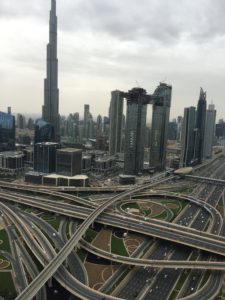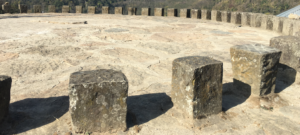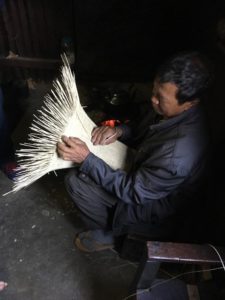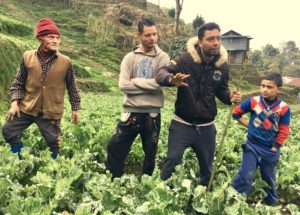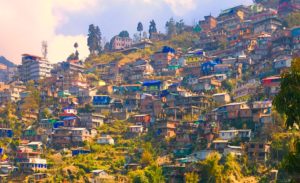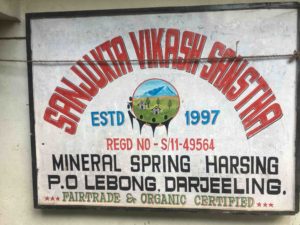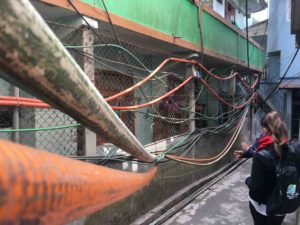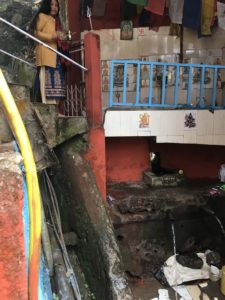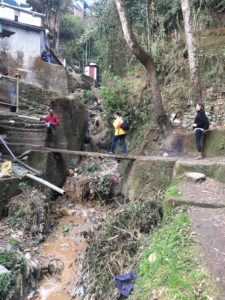A dangerous side-effect of the Coronavirus pandemic is that the institution of science and the role of expertise are being further politicized and ultimately weakened.
In this way, the COVID-19 pandemic and climate change are similar. They both can be viewed through a cost-benefit-risk lens that raises the question of whether the cure is worse than the disease (see Table).
Science likely loses status no matter how the pandemic plays out. If science does not come to the rescue with a vaccine or treatment, then subsidizing it appears less useful or necessary. If expert-driven government policies suppressing infection are successful until a vaccine/treatment can be developed, then fewer people will die and medical systems will not be overwhelmed. Therefore it will appear that the responses recommended by scientific experts were overblown hype, hence diminishing the standing of experts.
The same logic applies to climate change. If science does not come to the rescue with carbon capture and clean energy, then subsidizing climate science appears less useful or necessary. Likewise, if climate mitigation policies are successful, then Earth warms less, fewer disruptions occur, and it will appear that the concerns of climate scientists were alarmist, hence diminishing the standing of experts.
Even though science would be critical to the successful outcomes in both scenarios, the institution of science gets damaged and the need for expertise questioned.
How should scientists position their recommendations so that science does not lose standing by being successful?
| COVID | Climate Change | |
| Government Mitigation Policy | o Require quarantine and business closures to reduce transmission
o (Technological rescue: Invention of vaccine or treatment) |
o Price or regulate carbon to reduce GHG emissions
o (Technological rescue: Invention of carbon capture, clean fuel, storage) |
| Cost of Mitigation Policy | o Unemployment.
o Grow federal debt to fund relief. o Long term recession Death/illness because of delayed medical treatment |
o Slow economic growth.
o Reduce fossil fuel profits. o Empower government intervention in market and technology and risk of crony capitalism |
| Benefit of Policy
(risk reduction) |
o Reduce death and suffering
o Save the social capital that governance and markets need. o Hospitals not overwhelmed o Maintain viable health care capacity
|
o Less costly adaptation (i.e., cities don’t need to relocate from rising from sea level
o Less disruption to public health, agriculture, defense, transportation infrastructure, and other foundations of civilization o Fewer failed states and climate refugees |
| Uncertainty | o People cause the problem by behavior that transmits COVID. People change their behavior in response to information about risk and contagion, thereby changing contagion and thereby changing predictions.
o Novel system conditions: Science has not seen similar conditions. Unknown how infection spreads or virus responds to medicine. o Novel conditions require development of novel policies and technologies of untested efficacy. |
o People cause the problem by behavior that emits GHGs. People change their behavior in response to information about risk of climate change and price of fuels, thereby changing emissions and thereby changing predictions
o Novel system conditions: Science has not seen similar conditions. Unknown how biosphere will respond to increased GHG concentrations. o Novel conditions require development of novel policies and technologies of untested efficacy. |
| Perversity | If policies are successful, then fewer people will die and medical systems will not be overwhelmed. Therefore it will appear that the extreme response recommended by experts was overblown hype, diminishing the standing of experts. | If policies are successful, then climate will not change. Therefore it will appear that the extreme response recommended by experts was overblown hype, diminishing the standing of experts. |
